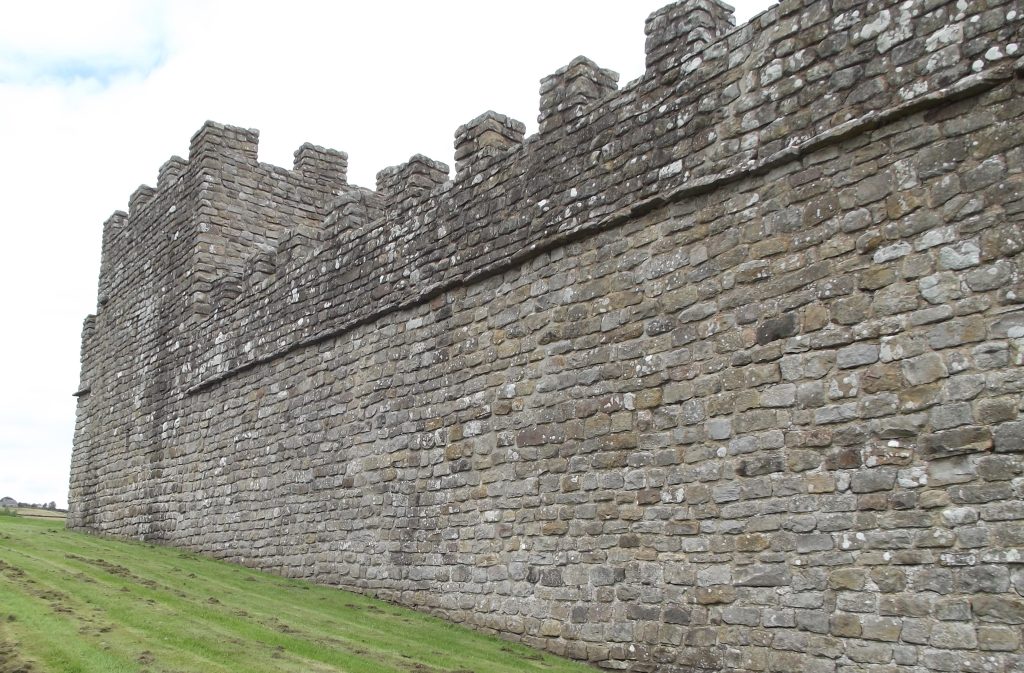Community Foundation Grant for Work on Clayton Family Papers

The Northumberland Archives Trust is delighted to announce the success of an application for a grant to fund the cataloguing of papers formerly belonging to the Clayton family.
EDF Energy Green Rigg Wind Farm Community Benefit Fund, administered through the Community Foundation, have made a grant of £3,372. The grant will be used to add this material to the Northumberland Archives’ online catalogue and to provide local history workshops to people living near Chesters.
The Claytons owned the Chesters Estate which straddles Hadrian’s Wall, incorporating the site of Chesters Roman Fort. John Clayton (1792-1890), solicitor, Town Clerk of Newcastle from 1822 to 1867 and a noted antiquarian, is justifiably credited as the man who saved the most iconic section of the Wall for posterity.
His father Nathaniel (also a solicitor and Town Clerk of Newcastle) bought the Chesters Estate in 1796 and John grew up there. From an early age he developed an interest in antiquities, partly from the Roman artefacts unearthed as his father developed the gardens at Chesters, levelling the ruins in the process. He inherited the Estate on his father’s death in 1832 and after that his antiquarian career took off.
Through sheer hard work, attention to detail and the exploitation of conflicts of interest in ways that were acceptable then but would not be tolerated today, John accumulated an immense fortune.
For centuries, local people had used the Wall as a quarry, taking away worked Roman stone for reuse. Starting with Steel Rigg near Haltwhistle in 1834, and afterwards whenever the opportunity arose, he bought land along or close to the Wall to put an end to this destruction. In what has been called one of the first deliberate acts of archaeological conservation in the world, he acquired five Roman forts, including Chesters, Housesteads and Vindolanda; and about 18 miles of Wall close to them.
In 1843, starting with Chesters, he began an annual programme of excavation. This led to the important discovery that there were regular gateways in the Wall, suggesting that it was built not so much to keep out the barbarians to the north as to control their movements. The artefacts recovered were collected at Chesters where they remain, now in the care of English Heritage, in the museum erected by John’s nephew shortly after his death.
Conservation went hand in hand with excavation. Clayton’s stretch of the Wall was cleared of rubble to expose the original Roman core, then rebuilt using Roman stone and sealed with a turf cap. Farm buildings were relocated away from the wall and large areas of land drained and given over to the grazing of livestock. Conservation methods are not very different today.
The collection to be catalogued relates mainly to Nathaniel and John Clayton’s land acquisitions in various places in Northumberland and elsewhere. Many of the documents relate to John’s purchases of land around the Wall.
The work has now been completed and an interesting review of what the documents contained is given by archivist Nicola Whiteside by clicking the link HERE

